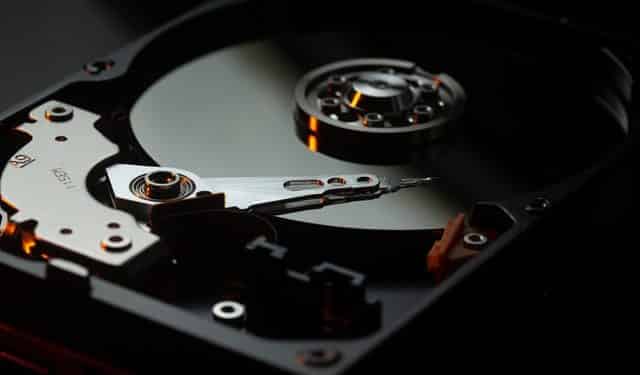
Detailed Comparison of Hard Drives and Solid-State Drives

However, even with the benefits of SSDs for many systems, many individuals still use HDDs (the old-school types). A SSD drive’s advantages and characteristics may be of interest to those interested in it.
Despite the fact hard drive vs ssd that there are still several computer stores that offer desktop computers with hard drives, SSD drives are rapidly increasing in popularity, not just because they offer faster performance, but also because they are smaller and lighter.
When a conventional hard drive becomes slow due to a new drive, there is nothing more refreshing than replacing it with a new SSD. This makes the computer feel almost new again. I support this as do experts and others who have switched (like me).
SSD storage can, however, be faster at writing and transferring data than traditional hard drives. The HDD is bound to be king of storage up until next year because it has the largest capacity and can currently be purchased for considerably less than SSDs.
But if we want to make it right, it can be tricky to determine which is better, since very important factors must be considered, not just the price, but also how we will use the product, all to determine whether it is worth it. The downside is that solid state drives have smaller storage capacities, but they are more expensive. However, we will prevail in terms of speed.
Hard disk drives (HDDs) can be accessed in what way?
Computers have hard drives that store the operating system, applications we installed, and files and folders that have been uploaded. These disks are trays that hold data attached to circular discs. We can read from or write to the rotating disk as it passes.
Spin rate of a platter can affect the speed with which an operating system responds as well as the speed with which programs can be launched on a hard drive.
Why do SSD drives exist?
A few characteristics set solid state drives (SSDs) apart from other storage technologies. A NAND flash drive has no moving parts, as opposed to traditional hard drives.
SSD hard drives read flash memory chips, not spinning disks like a tablet or USB flash drive. Because of this technology, the drive is able to access all memory chips concurrently and therefore access data much more quickly since all platters don’t have to spin simultaneously.
Input device speed
In comparison to a hard drive, SSDs are faster. This time around, solid state drives are also gaining traction. What are your plans for achieving this? Solid-state drives transfer data at high speeds as compared to traditional hard drives.
As hard drives are rotary devices, their speed is dependent on the number of revolutions per minute (RPM) they can generate. Hard drives of low price usually spin at 5400 rotations per minute, while newer ones may spin at 7200.
Hard drives can be upgraded to speed up. Five-400 RPM SATA III drives can generate 100 MB/s, while seven-two hundred RPM S drives can reach 150 MB/s. In contrast, SATA III connections can reach read and write speeds respectively of 550 and 520 MB/s.
No matter how efficient a solid state drive is, it is still sped by a better connection. As an example, SSDs reach speeds ranging from 1.2 GB / s to 1.4 GB / s.
Comparative storage capacity between SSDs and disks
Hard disk drives and solid state drives don’t differ much except for their storage capacity. When space is a factor, conventional hard drives are the best option.
In the domestic market, hard disks have capacity between 40 GB and 12 TB, but industry drives come with higher capacities. Also, the prices are quite reasonable.
Solid state drives have improved significantly over the years, yet they are now available in a greater capacity in stores that specialize in them.